Anyone can start a blog in a matter of minutes, but you’ll need to be more strategic to market an existing business or build a new business with your blog. In this list of blogging tips for beginners, you’ll find the strategies that I’ve found most useful across ten years of professional blogging.
I’ve divided the list into five sections so you can head directly to the advice you need the most right now:
- Conceptualizing your blog
- Setting up your site
- Creating your first content
- Building momentum
- Maintaining your blog
Be sure to bookmark this list of blogging tips for beginners so you can return to it as you progress through these steps!
Blogging tips for beginners: Conceptualizing your blog
1. Create a content plan
A content plan is a document that details the types of content you plan to publish and when you’ll publish it. For example, if you’re creating a blog about personal finance and investing, you might build the following content plan:
- Mondays – Publish “Financial tip of the week.”
- Wednesdays – Publish an installment of “My Financial Mistakes.”
- Fridays – Publish “Stock Spotlight.”
You may also want to include a list of individual article ideas for each type of content, but I prefer to keep article ideas in a separate document.
2. Create a writing schedule
When you’re working on your content plan, take some time to consider when you’ll actually write the content you plan to publish. You can then add this schedule to your preferred planner or calendar app.
One of the most common ways to ensure a steady stream of content is to use large blocks of time for task batching. In this case, that means scheduling regular writing days for each type of content and trying to write several articles of that type at a time.
For example, if you’re working with the schedule shown above, you might write “Financial tip of the week” articles on Friday, then choose one to publish the next week. If you do this twice a month, you’ll have extra articles in reserve for when you go on vacation or have to deal with an emergency.
👉 For more ideas on how to create an effective blog content strategy, read this in-depth guide of ours.
3. Consider SEO when choosing your blog’s title and domain name
Your blog title might sound fun, but if it’s not optimized for SEO, you’re missing out on one of the best blogging tips for beginners. Your blog’s title and domain name, if chosen right, can appeal to both people and search engines, making it easier for you to rank on an important keyword.
Use these two strategies to make sure your blog’s title and domain name are SEO-friendly:
- Include one of the most-searched keywords for your niche. Your blog title should give search engines an idea of what people will find on your site. For example, the domain for this site includes the word “Theme” to convey that you can purchase WordPress themes here.
- Avoid using a name too close to an existing site. You don’t want your site to be confused with a different company, especially if that company is less than savory. To avoid this, always Google any blog title or domain name you plan to use and look at the most similar site names. If your site name can easily be misspelled and users can be directed to another site, you’re better off changing it to something more unique.
If you’re feeling stuck, you can use a domain name generator for ideas. Most of these generators have the added bonus of telling you whether or not the names generated are currently available.
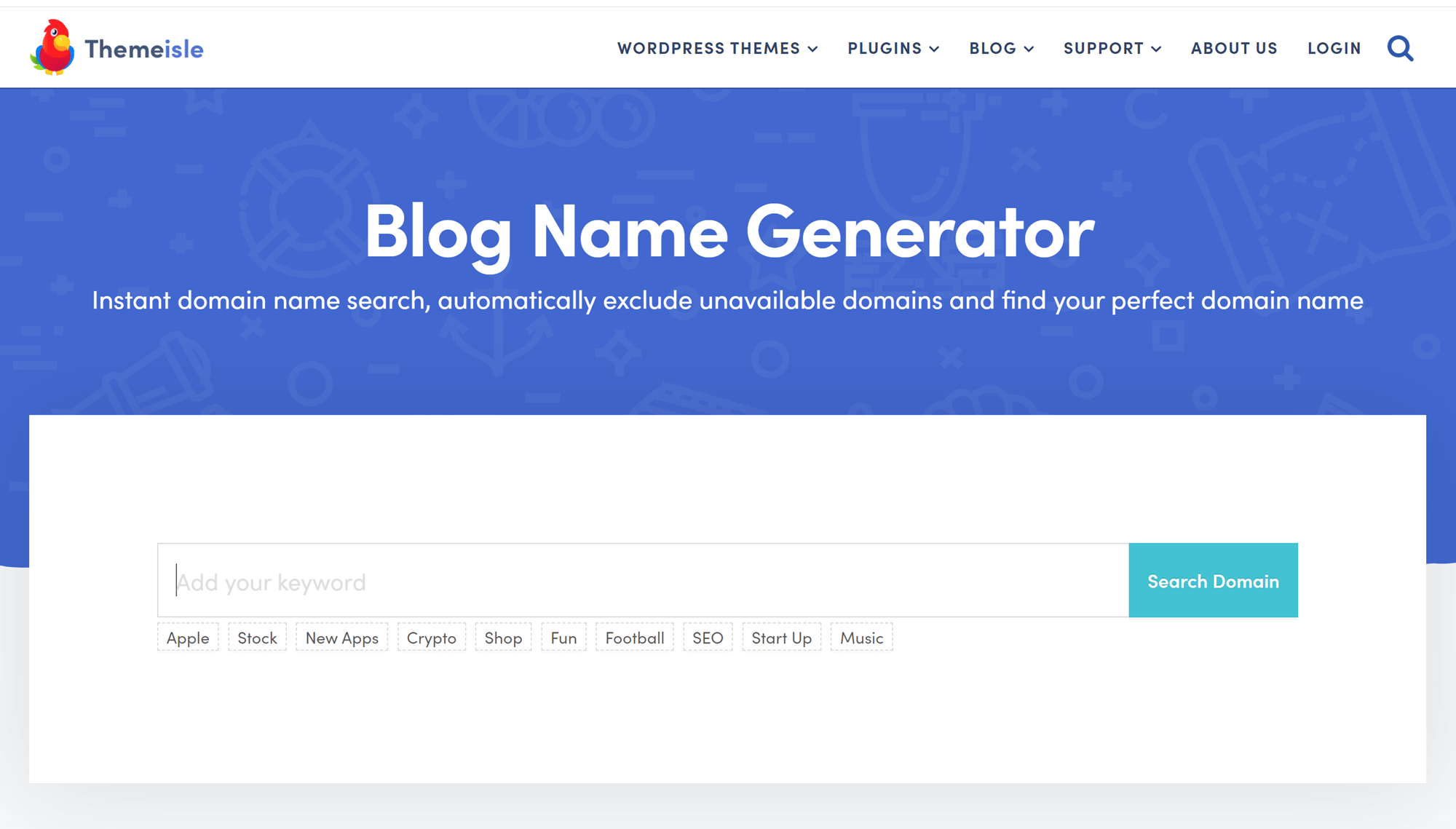
Blogging tips for beginners: Setting up your site
4. Choose the right platform for your blog
There are two main ways to host a blog:
- On a free platform like WordPress.com. These platforms give you the tools you need to build a website and blog without using any code. They also host your site for free, giving you a subdomain that looks something like
sitename.wordpress.com. Some may also let you connect a custom domain to your blog. However, these platforms often show advertising on free blogs and limit the ways you can monetize your site. - Using a content management system (CMS) on a self-hosted site. With this option, you purchase web hosting from a site like Bluehost and install a CMS like the WordPress software. Some website platforms like Squarespace may also offer their own custom content management systems. These sites won’t post ads on your site and will offer you more versatility in terms of design and monetization options.
To learn more about this, check out our guides on WordPress.com vs WordPress.org and the best web hosting services compared.
5. Set up your analytics right away
Analytics are powerful tools that can help you determine who your main audience is, how many people are being drawn to your site by various marketing campaigns, and how visitors are interacting with your site. This knowledge can then be used to guide future design choices, marketing campaigns, and even the creation of new products/services. And the data will be most accurate if your analytics are set up before you make your first post.
Most website builders offer some kind of built-in analytics. If you’re making a self-hosted WordPress site, however, you’ll need to install Google Analytics yourself. You can also use one of several free analytics plugins to integrate Google Analytics more directly with your site.
6. Optimize your site for speed
As many as 73% of users will leave your site if it doesn’t load fast enough [1], and “fast enough” is probably a lot faster than you think: in just three seconds, the probability of a user “bouncing” off your site increases from 1% to 31% [2]. This makes it important to shave every possible second off of your loading time.
There are several tools you can use to reduce page loading times, like image optimizer plugins and caching plugins.
👉 You can check out our guide to website speed optimization for more.
7. Secure your website
This is one of those blogging tips for beginners that most people ignore until it’s too late. 🤕 Get ahead of the curve by taking some precautions early on to make your site safer:
- Use a strong password; working with a password manager makes this easier.
- Limit the number of failed login attempts.
- Install an activity log plugin to track site updates and other changes made to your site. Be sure to check this regularly so you can deal with suspicious activity right away.
Learn more from our guides on securing your login page and WordPress security plugins.
Blogging tips for beginners: Creating your first content
8. Take extra care with your headlines
Every headline needs to give visitors a reason to care about your content or they’re simply going to scroll past it. The easiest way to do this is to evoke a specific emotion. For example, if you’re writing an article about website security, you might write a headline that aims to arouse a fear of hackers.
Here are a few other ways to attract more attention with your headlines:
- Format your headline as a question
- Use deadlines and phrases like “don’t miss out” to convey a sense of urgency
- Use words like “secret” to entice people with exclusive knowledge
- Emphasize how your article will help people
You can also look at popular headline formulas for inspiration.
Pro tip: Don’t fret too much about creating a good headline when you’re working on the first draft. When you’ve finished your article, you’ll have a better grasp of the content, making it easier to create an appropriate headline.
9. Use the principles of Search Engine Optimization (SEO) to build your content
You don’t need to be a trained professional to take advantage of SEO. All you need to do is remember a few rules as you’re writing:
- Choose a focus keyword for each article
- Make sure that keyword is in the first paragraph of your article
- Use the keyword once every 300 or so words
- Include a mix of internal and external links in your content
- Add alt text to all images, making sure that roughly half of the images have alt text that includes your focus keyword
And you don’t even need to remember these rules all the time. You can use an SEO plugin to evaluate your content, then edit your articles based on the plugin’s suggestions.
10. Use high-quality images
Articles with images receive a full 94% more views [3] than articles without images. Even one image can make a big difference in an article’s visibility, but you have to be careful about the images you use. You don’t want to risk using a copyrighted image or make your site look outdated by using a poor-quality image.
Luckily, there are places where you can find free illustrations, as well as free tools like Canva that make it easy to create your own graphics.
👉 You can also take a look at our own library of free graphics and illustrations that you can use on your blog.

11. Take advantage of your editor’s full range of features
One of the best things you can do when you’re starting a blog is to really familiarize yourself with how the content editor you’re using works. Watch a few tutorials, click on all the different options available, and look at other sites built with the same technology to see the possibilities.
If you’re using WordPress, check out our guides to how to get the most out of the WordPress block editor and WordPress template editing.
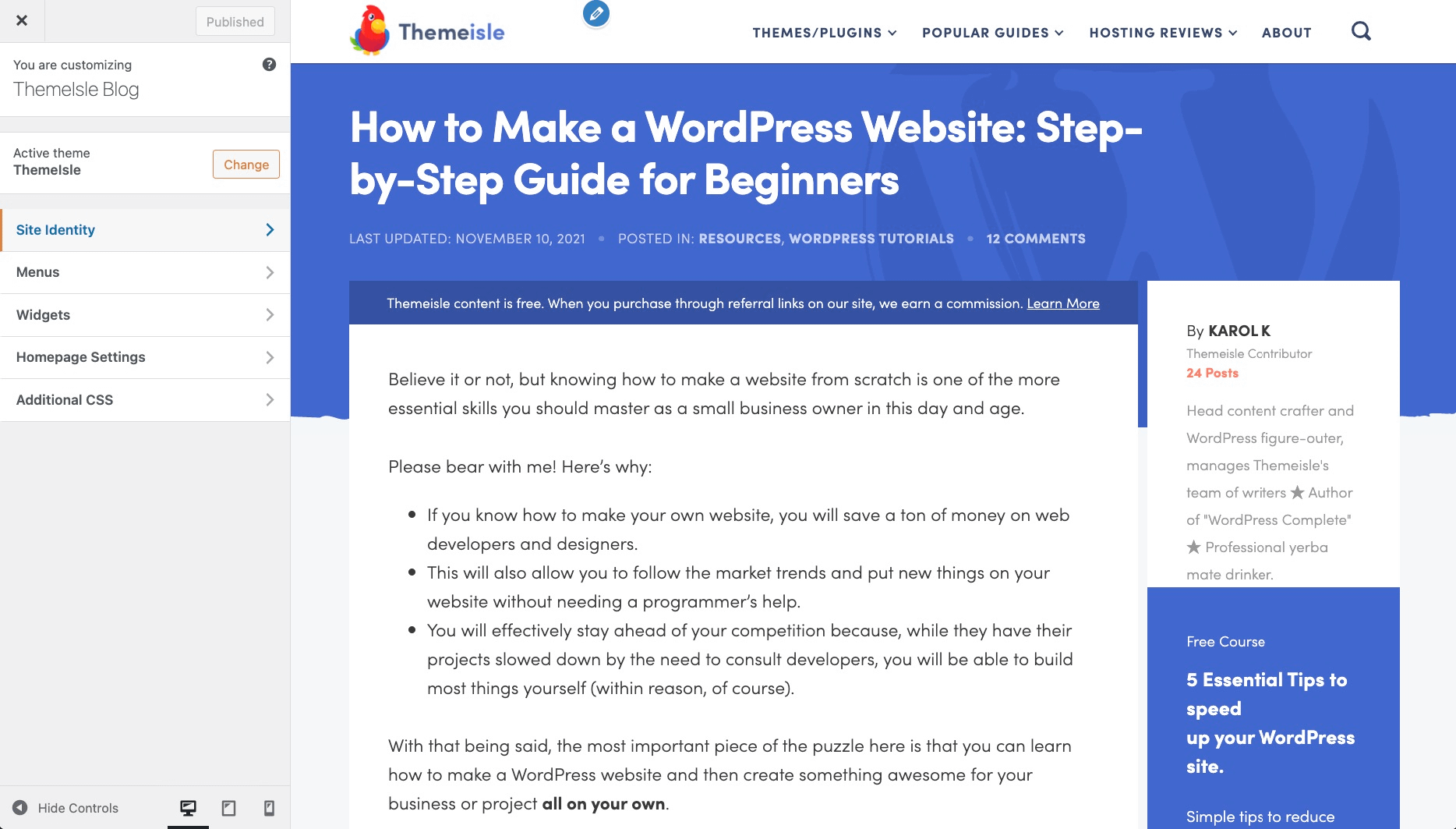
12. Schedule posts in advance
One of the best blogging tips for beginners is to write and schedule your posts in advance. Many bloggers do this by devoting one day each month to writing four to five blog posts and then scheduling them out over the next few weeks. This has the added bonus of making the work more efficient by keeping your brain focused on one task for an entire day.
The scheduling itself is easy. When you’re finished with an article, click on the “Immediately” link next to the word “Publish” in the sidebar. This will open a calendar. Specify the time at the top, click on the date you want, and voila! A scheduled post.

Blogging tips for beginners: Building momentum
13. Automate social media marketing
Social media marketing can be incredibly powerful, but it can also be incredibly time-consuming. Luckily, there are a variety of tools to help you automate your social media posts, including our very own Revive Old Posts plugin.
This plugin will take a random post from your blog archives and share it to your social media profiles automatically.
The key to success here is to make sure that you’re still checking your blog accounts once or twice a day. Taking a few minutes to respond to anyone who commented on your promos and retweet interesting posts from relevant influencers shows people that there’s a real person behind your brand.
14. Get serious about building an email list
An email list is a collection of email addresses for people who have shown interest in receiving your content. In other words, it’s a list of your most devoted followers and fans, the people who are most likely to read and share your content. They’re also the most likely to buy your products: email marketing generates $42 for every $1 spent [4].
There are a few easy ways to get more subscribers:
- Add multiple signup forms to your site in obvious places, such as the sidebar and footer.
- Add a link to your newsletter to all of your professional bios.
- Ask visitors to sign up with a call to action at the end of each blog post.
- Offer a signup bonus, like a discount to your products/services.
Okay, but how to do that? – you’re asking. There are numerous tools that will help you set things up and also take care of all the technical heavy lifting. For instance, we use Brevo for all our email marketing needs. Here’s our review of it.
You may also want to check out our guide to 10 types of email marketing campaigns you should be sending.
15. Look for opportunities to appear on other blogs, podcasts, and YouTube
One of the best ways to increase your audience is to get exposure to other creators’ audiences through interviews, guest posts, and other forms of collaboration. Many podcasts, YouTube channels, and blogs are focused entirely on this type of content, meaning that there are always opportunities to be had.
If you’re nervous about working with other people in this way, reach out to creators you know and/or people with small audiences first. You can also check out our guide to guest posting.
16. Use your analytics to create better content
Remember those analytics you set up earlier in this list of blogging tips for beginners? Once every three months, spend a couple of hours studying them. Start by analyzing five to seven most popular articles for trends. Are people most interested in a specific type of posts, like tutorials? Are there topics that have attracted enough attention to be worth revisiting? Are the same articles popular month after month, or do the highest-ranked titles change every time you look?
Next, take a look at your least popular articles from a given period, again searching for trends. Is there a specific type of post that performs poorly every time? Is there a lack of interest in certain topics? Do your readers tend to skip articles that are too long?
You can then use this information to guide your content plan. For example, if you notice that tutorials are getting the bulk of the views, you might decide to publish them more frequently.
Blogging tips for beginners: Maintaining your blog
17. Automate WordPress and plugin updates
WordPress is constantly being updated to improve functionality and security. The same is true for plugins. Keeping everything up to date ensures that everything will run smoothly.
You don’t have to put any effort into it, either: WordPress lets you automate most software updates.
Alternatively, you can use one of the popular WordPress maintenance services available out there.
18. Check and delete spam comments
Most anti-spam software detects spam comments and filters them into a separate area rather than deleting them altogether. This makes it essential to go through your spam comments every two to three months and delete them all.
You might also want to read this list of tips to get rid of comment spam on your WordPress blog.
19. Review your WordPress activity log regularly
Checking your WordPress activity log once every two to four weeks helps you spot problems sooner rather than later. If your site stores highly sensitive client data, you might want to do it weekly or even make it part of your daily routine.
We already mentioned some solutions you can use for activity log monitoring earlier in this guide.
20. Use a broken link checker
Broken links disrupt the user experience and damage your rankings on Google. Luckily, there are a couple of easy ways to identify these links:
- If you’re using WordPress, you can install what’s called a broken link checker. This plugin will constantly scan for broken links, allowing you to identify and fix them right away. The plugin also makes it easy to change these links without entering each individual page to alter content.
- If you’re using another platform, you can identify broken links with Google Search Console. You will then have to enter each page manually to fix the link.
How often you check broken links may depend on how much you post and how many external links you publish, but I recommend checking your links at least once every six months. This prevents them from building up to a number that feels overwhelming.
Conclusion
Starting a blog can feel overwhelming, but it doesn’t have to be. Save this list of the best blogging tips and return to it when you’re feeling stuck. You’ll find that there’s always something more you can do to succeed in blogging! 🍾
What advice did you find most helpful in this list of blogging tips for beginners? Let us know in the comments!
Free guide
4 Essential Steps to Speed Up
Your WordPress Website
Follow the simple steps in our 4-part mini series
and reduce your loading times by 50-80%. 🚀
Free Access
[2] https://www.thinkwithgoogle.com/marketing-strategies/app-and-mobile/page-load-time-statistics/
[3] http://www.jeffbullas.com/2012/05/28/6-powerful-reasons-why-you-should-include-images-in-your-marketing-infographic/
[4] https://www.litmus.com/resources/email-marketing-roi/



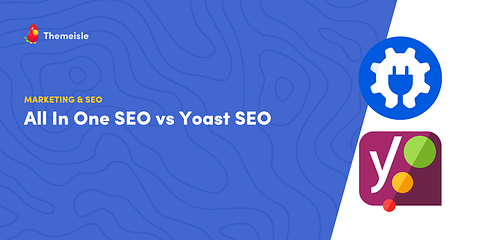
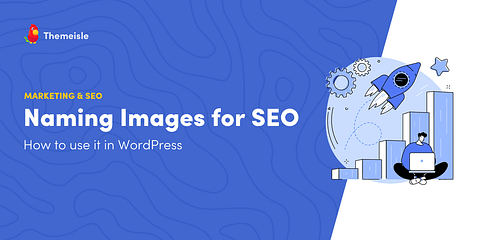
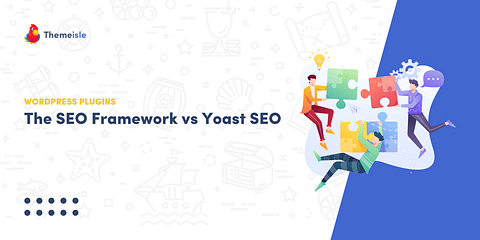
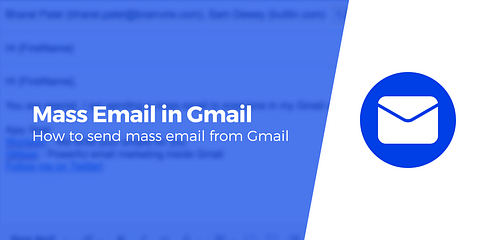
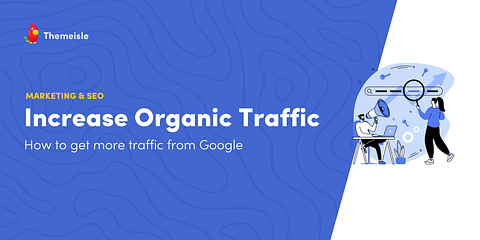
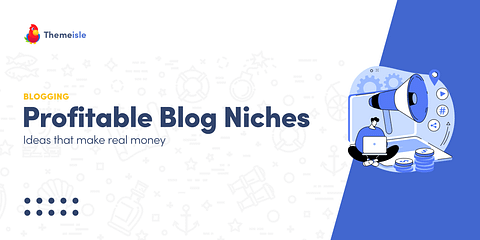
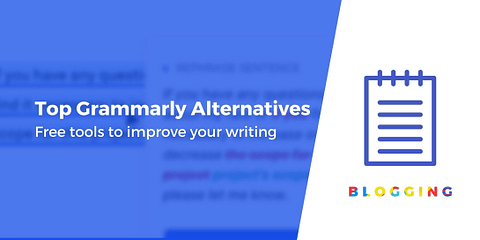
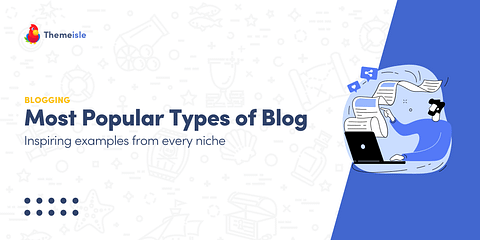
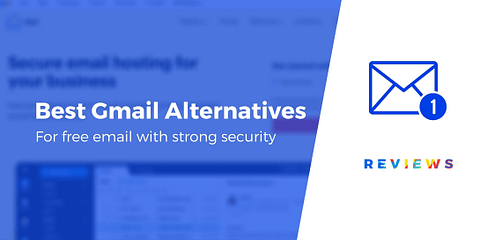
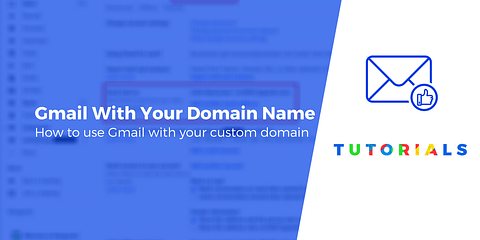
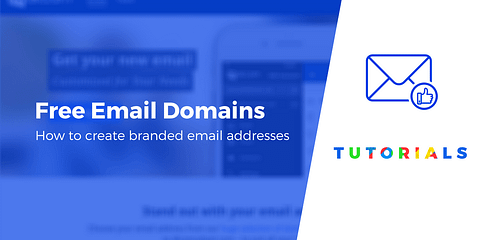
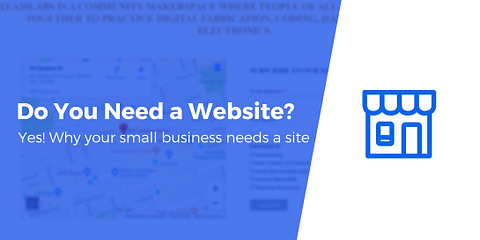
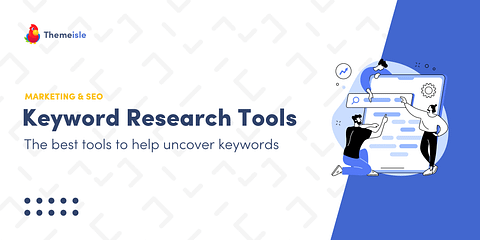
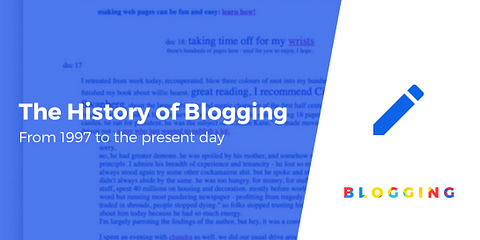
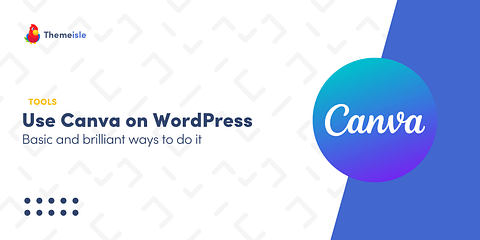
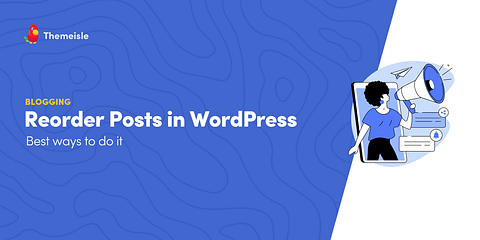
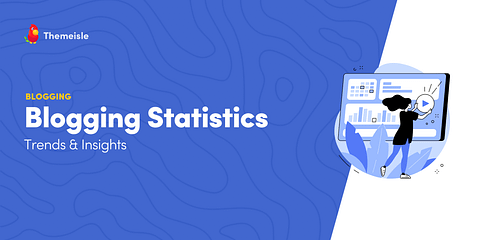
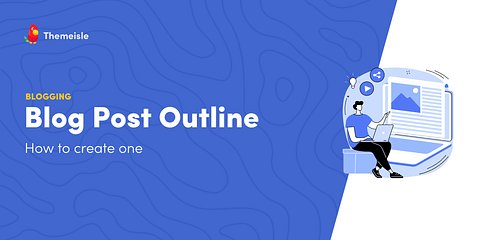
Or start the conversation in our Facebook group for WordPress professionals. Find answers, share tips, and get help from other WordPress experts. Join now (it’s free)!